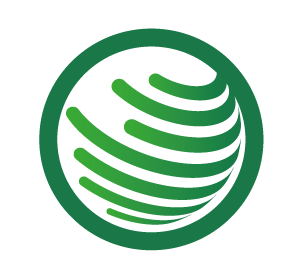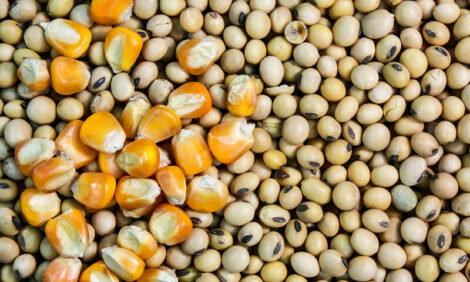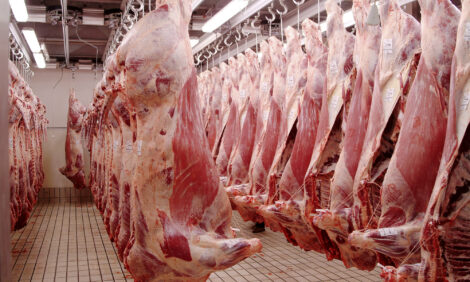



Global cattle prices surge amid supply cuts, trade tension - Rabobank
Rabobank warns US policy shifts could disrupt beef marketsGlobal cattle markets have all been trending higher in the first half of 2025, according to a recent RaboResearch report. However, since President Trump took office in January 2025, uncertainty and unpredictability have reverberated through the global beef market.
With beef as one of the largest agricultural commodities traded by the United States, any change to US trading arrangements has the potential to affect the beef market at a national and, in turn, a global level. With the global supply and demand situation, RaboResearch expects trade flows to be maintained. However, this is likely to change if major trading blocs such as Europe and China become involved in a trade war with the United States.
Global beef demand and trade to remain stable
Although the full extent of the trade war remains uncertain, RaboResearch remains cautiously optimistic about beef demand and trade flows.
“Beef isn’t being singled out as a targeted commodity, and most major exporters are only facing baseline tariffs,” explains Gidley-Baird, “So early indications suggest that competitive positions will be maintained, albeit with added costs to the system. The global supply and demand situation should maintain current trade flows. But if the US-China tariff war escalates and Europe becomes more involved, this is likely to change.”
Tariffs may just be the beginning
“Much of the media attention has been on the imposition of tariffs, but this may only be the opener to the main event,” warns Gidley-Baird. “In just a few months, countries have entered trade talks with 30-day time frames. The result has been more trade agreements than we’ve seen in decades. While tariffs may have grabbed headlines and caused headaches, the real story will be the implications of shifting global trade dynamics.”
Contracting supplies driving global cattle prices
Global cattle markets have been trending higher in the first half of 2025. European prices experienced an especially strong rise in Q1, as domestic supplies contracted while demand remained strong.
“The rise in European prices now puts them in line with the strong North American cattle prices, which continue to rise slowly,” says Angus Gidley-Baird, Senior Analyst – Animal Protein for RaboResearch.
“In both Europe and the US, disease and pests are affecting cattle supplies. In Europe, and now in the UK, bluetongue continues to affect the herd. Meanwhile, New World screwworm in Mexico has caused US authorities to close the border to Mexican cattle imports, and the risk of potential infestation in the US is increasing.”
These health threats are challenging production in markets where cattle supplies are already historically low, likely further supporting already elevated cattle prices.
Production declines are starting to materialize
Global beef production is expected to contract through the remainder of the year, with an overall contraction of 2% projected for the year. The largest contractions are expected to happen in Brazil (down 5%) and New Zealand (down 4%), with contractions also expected in Europe, the US, and China. Australia is one of the few regions expected to see a production increase.
Global trade is managing disruptions
On April 5, tariffs were introduced for many countries exporting beef into the US. Additional, so-called reciprocal tariffs for identified countries are on hold until early July, and the US-China tariff escalation has also been put on hold until early August. While negotiations are ongoing, we are starting to see some redistribution of beef trade volumes around the world. Reports are emerging that Chinese buyers are looking more toward Australian, New Zealand, and South American suppliers as US beef becomes more expensive.



